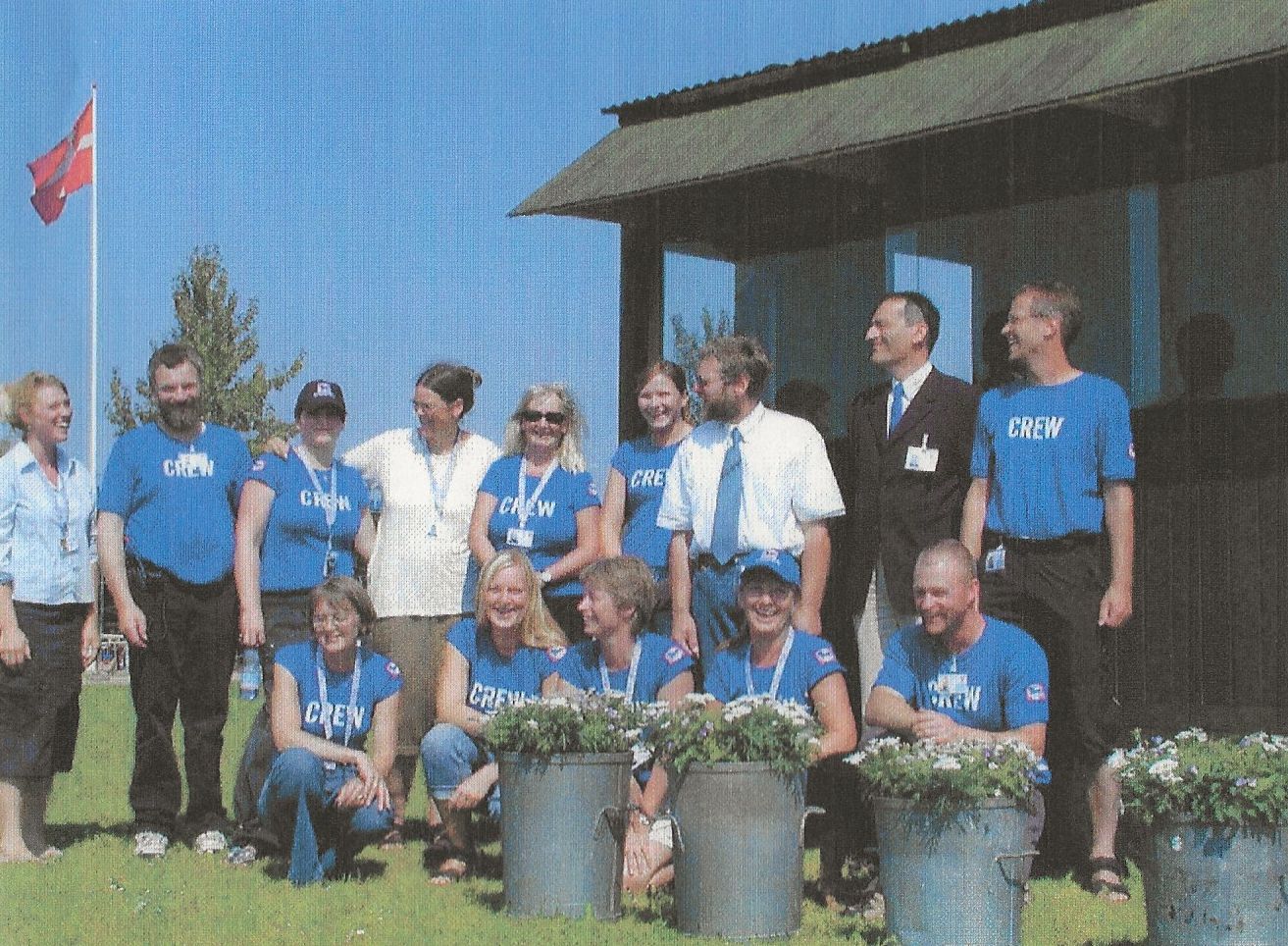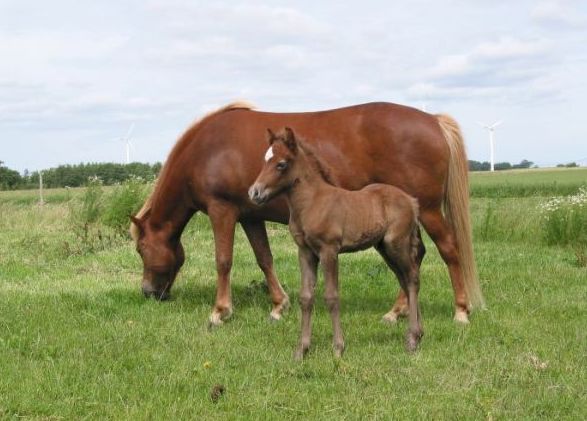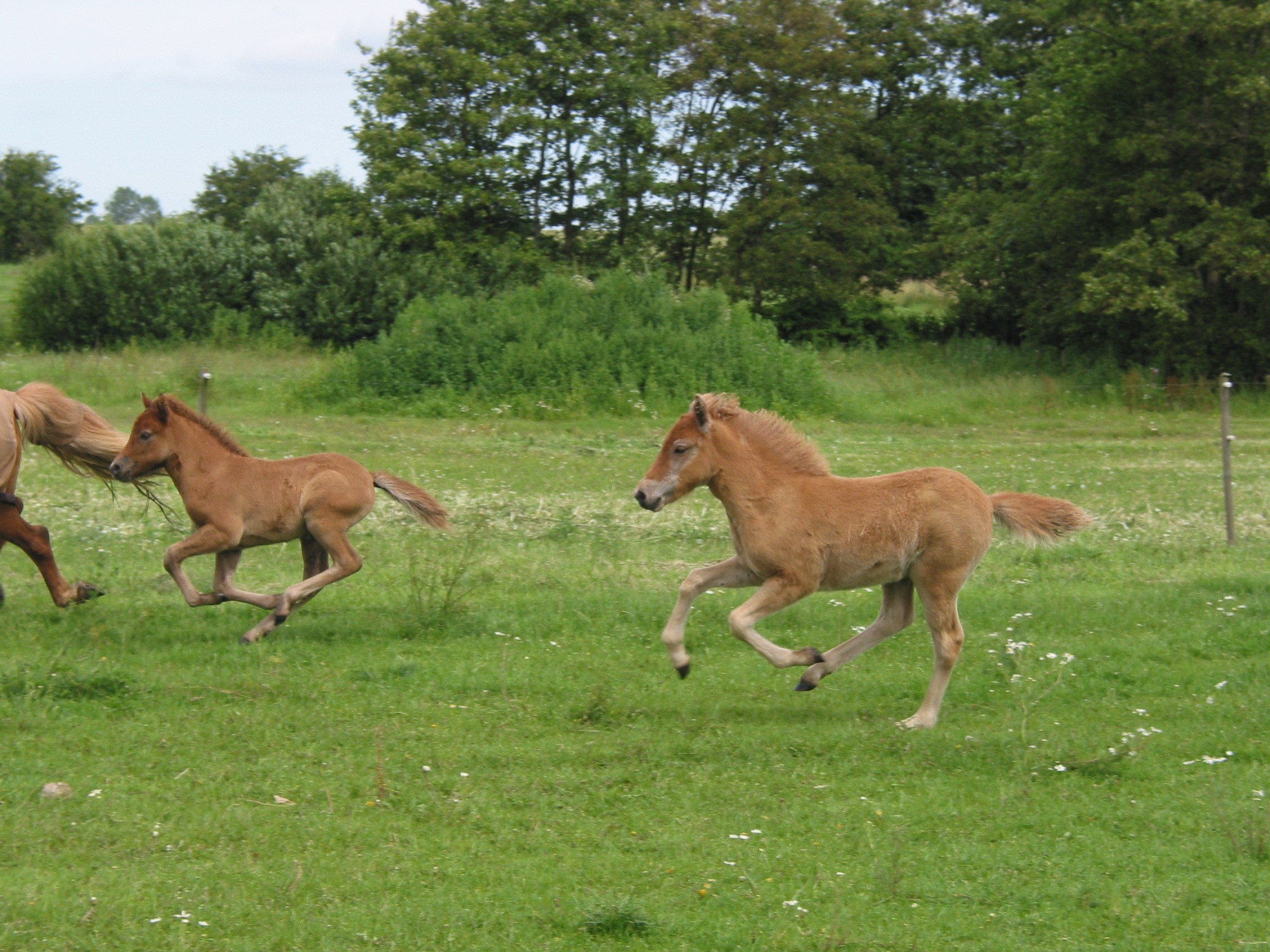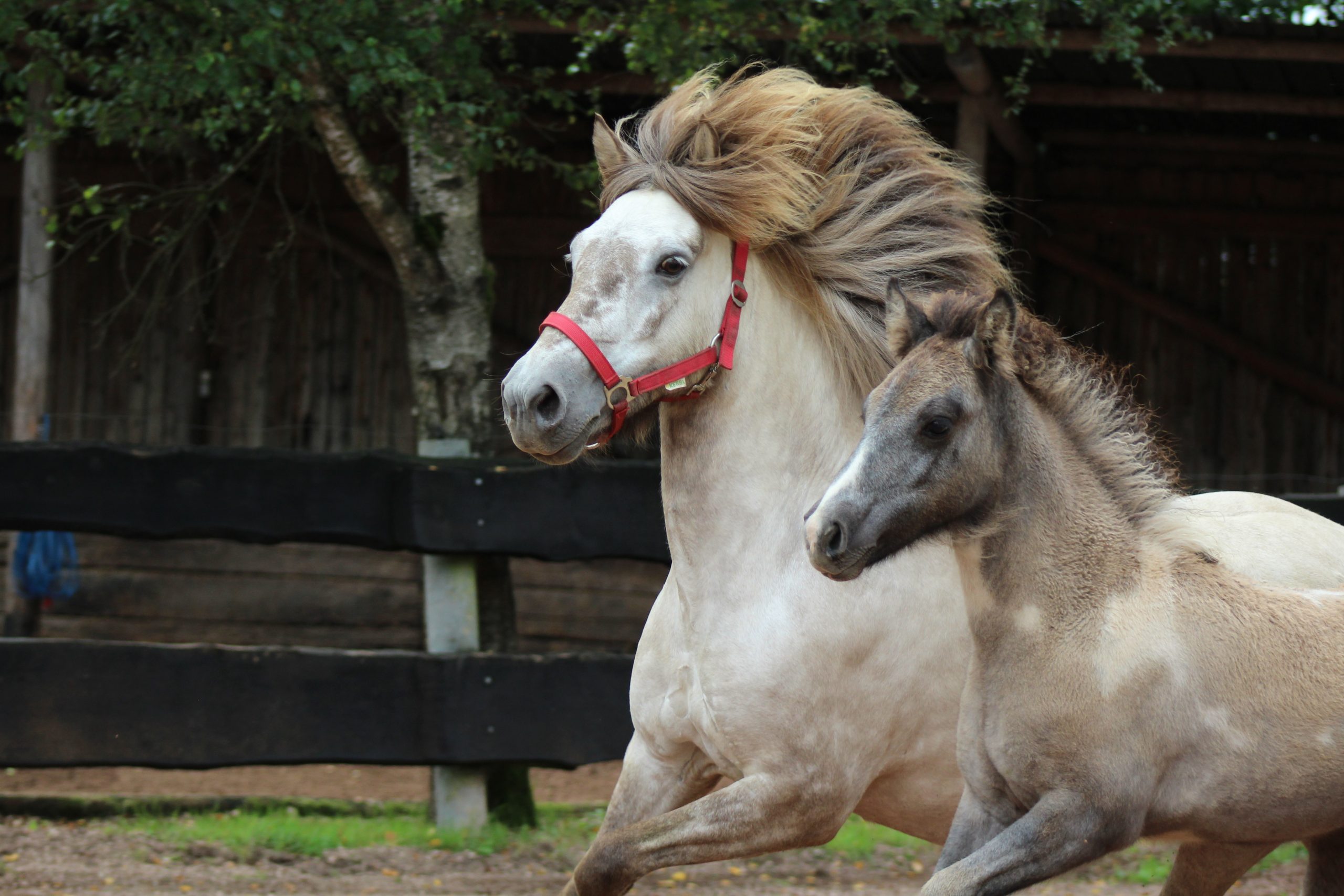WF in Denmark
Identification of the horses
The initial work was to identify all Danish-born horses and obtain all information about their ancestries, going back so far that they could reliably be attributed to horses born in Iceland.
For this work, Hallveig Fróðadóttir (Iceland) was a vast and indispensable help. The horses were assigned unique numbers with 12 characters (which would later become the FEIF ID), indicating the country of birth, year of birth, and gender, as well as the consecutive number within their year of birth. This number had been assigned to the horse by LH at the time of registration, as LH at this time was in charge for the pedigree registration for Danish Icelandic horses.
In addition to the FEIF ID and the name (including the farm name), the basic information also included the sire and the dam, and possibly a freezemark or microchip number, breeder and owner, colour code and country of current location, if this information was known.

Danish Team Breeding at the World Championships 2003 in Herning

Name of the farms/origins
The full horse’s name had to consist of an approved Icelandic horse name and a name indicating the origin, a.k.a. the farm name (stud name).
Therefore, a file was created with all the stud names that appeared in individual files.The stud names were assigned unique ID numbers containing the postal code of the stud´s location , e.g. 4300 (= Holbæk), and a 2-digit consecutive number. Unfortunately, only the first 2 digits of the postal code could be included in the field in WF for the so-called “Area”, so this could not be used for Danish-born horses, in regards to the location of the breeding farm.
Name of the persons
The file with personal data of breeders and owners contained a unique ID number, as well as information about the address, etc. It is however not possible to search for information about breeders and owners in WF.
Registration in WorldFengur
When WF started, there were individual files containing the data of approximately 17.000 Danish-born Icelandic horses. When registering these horses into WF, the information from the three types of files mentioned before was merged, so that the information about the horses could be presented more or less as the screen for each individual horse looks today. Entering these data in the WF database took place in Iceland in the summer of the year 2000.
Breeding assessment files
After each horse had been entered in WF individually, it was possible to link to breeding and sport results. So the next step was the electronic registration of all results of breeding assessments in Denmark, including horses that were not Danish-born.
All results, measurements, judges’ marks and comments and more were gathered in a breeding assessment file, which also included fields with information about e.g. the year, country and location of the assessment. These files were uploaded to WorldFengur Iceland in the fall of the year 2000,


Text: Anne Grethe Veje
Photos: Annette Knudsen, Kristin Halldórsdóttir
The follow-up
From 2001 onwards, new horses (foals) were registered manually in WF, and since 2009, when the Danish Icelandic Horse Association became the studbook association for Icelandic horses in Denmark, the registrations have been done directly in WF.
The idea of establishing a database that contained all Icelandic horses in the world was visionary and naive, and indicated the presence of great persistance. The fact that it resulted in establishing the “Official Global Studbook for Icelandic Horses”, WorldFengur, is unique and has happened thanks to all the enthusiasts who have believed in the idea, and to the fact that in all countries there have been people who have undertaken this extensive labour of love.
Partners
Hanne Wendell Crolly, Denmark (National Office of Horses); Hallveig Fróðadóttir, Iceland (Farmers’ Association of Iceland); Kim Middel (The Netherlands); Jens Otto Veje (Denmark).